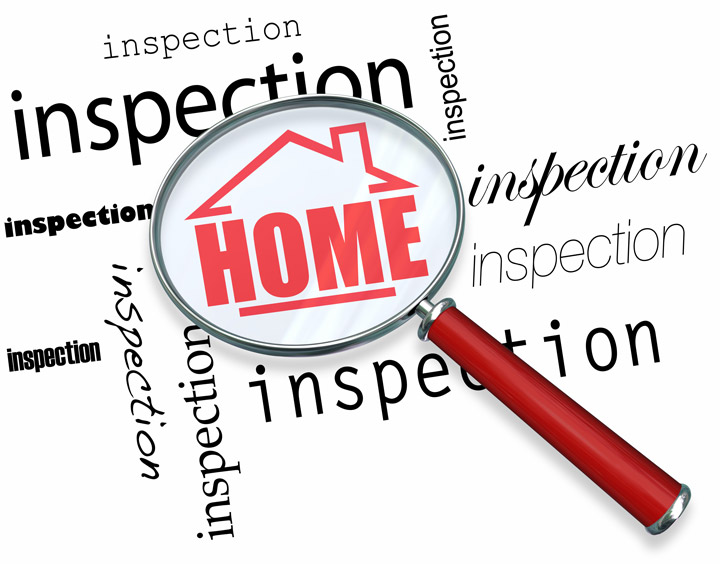
What Are the Components of an Appraisal?Their home's purchase is the biggest transaction many of us will ever encounter. Whether it's a main residence, a seasonal vacation home or one of many rentals, purchasing real property is an involved financial transaction that requires multiple parties to make it all happen. You're likely to be familiar with the parties having a role in the transaction. The most recognizable entity in the transaction is the real estate agent. Then, the lender provides the money needed to bankroll the exchange. And ensuring all areas of the transaction are completed and that a clear title transfers to the buyer from the seller is the title company. So, who makes sure the real estate is worth the purchase price? In comes the appraiser. We provide an unbiased estimate of what a buyer might expect to pay — or a seller receive — for a property, where both buyer and seller are informed parties. A licensed, certified, professional appraiser from Pavel Paul Ivanov will ensure, you as an interested party, are informed. Inspecting the subject propertyTo determine an accurate status of the property, it's our duty to first conduct a thorough inspection. We must see features hands on, such as the number of bedrooms and bathrooms, the location, amenities, etc., to ensure they truly exist and are in the condition a typical buyer would expect them to be. The inspection often includes a sketch of the house, ensuring the square footage is correct and conveying the layout of the property. Most importantly, the appraiser identifies any obvious amenities - or defects - that would have an impact on the value of the house. Once the site has been inspected, we use two or three approaches to determining the value of the property: paired sales analysis and, in the case of a rental property, an income approach. 
Cost ApproachHere, the appraiser analyzes information on local building costs, the cost of labor and other factors to determine how much it would cost to construct a property similar to the one being appraised. This figure often sets the maximum on what a property would sell for. It's also the least used method. 
Sales ComparisonAppraisers can tell you a lot about the neighborhoods in which they appraise. They innately understand the value of particular features to the people of that area. Then, the appraiser looks up recent transactions in the neighborhood and finds properties which are 'comparable' to the real estate in question. Using knowledge of the value of certain items such as upgraded appliances, extra bathrooms, additional living area, quality of construction, lot size, we add or subtract from each comparable's sales price so that they more accurately portray the features of subject.
A valid estimate of what the subject could sell for can only be determined once all differences between the comps and the subject have been evaluated. When it comes to putting a value on features of homes in Los Angeles and Los Angeles, Pavel Paul Ivanov can't be beat. The sales comparison approach to value is usually awarded the most weight when an appraisal is for a home exchange. Valuation Using the Income ApproachA third way of valuing real estate is sometimes used when an area has a reasonable number of renter occupied properties. In this case, the amount of revenue the property produces is taken into consideration along with other rents in the area for comparable properties to determine the current value. Arriving at a Value ConclusionCombining information from all applicable approaches, the appraiser is then ready to state an estimated market value for the property in question. The estimate of value at the bottom of the appraisal report is not necessarily what's being paid for the property even though it is likely the best indication of what a property is worth. It's not uncommon for prices to be driven up or down by extenuating circumstances like the motivation or urgency of a seller or 'bidding wars'. But the appraised value is typically employed as a guideline for lenders who don't want to loan a buyer more money than the property is actually worth. The bottom line is, an appraiser from Pavel Paul Ivanov will guarantee you attain the most accurate property value, so you can make wise real estate decisions. |